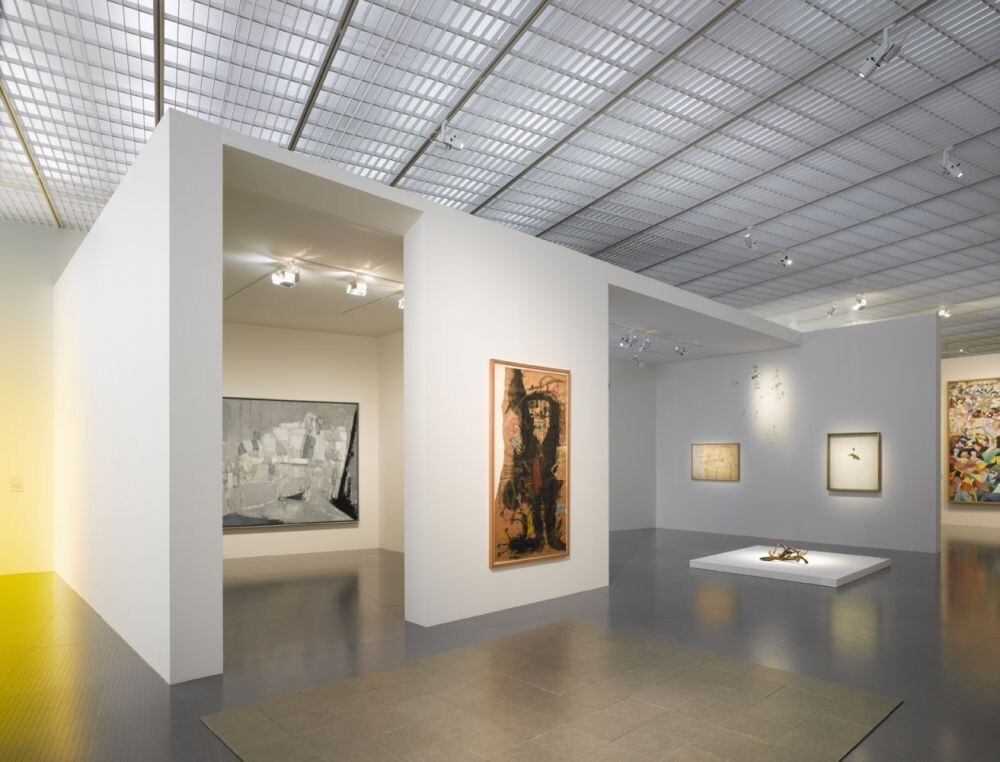Masterpieces? is a historic cultural event in many respects. As the opening exhibition of the Centre Pompidou-Metz, it proudly introduces the first decentralisation of a major national cultural institution – the Centre Pompidou – in partnership with regional authorities : the City of Metz, the Metz Métropole Urban Community, the Moselle Department and the Lorraine Region. Its concept encapsulates the cultural mission of this new institution in the heart of Europe, reaching out to wide audiences with an ambitious programme of exhibitions and events that shares the Centre Pompidou’s values – innovation, accessibility and cross-disciplinarity – while drawing on its know-how, network and reputation. One of the Centre Pompidou-Metz’s main assets is its preferential access to the nearly 100,000 works of the Musée national d’art moderne, Europe’s largest collection of modern and contemporary art. Gathering a rare and exceptional selection of major works, many of which have hardly ever been on loan before, Masterpieces? highlights the formidable wealth of this extraordinary collection.
A unique event with respect to its scenography and the diversity of works it comprises, Masterpieces? features the largest number of works on loan in the history of the Centre Pompidou. It embraces the over 5,000 sq.m. of exhibition spaces in the spectacular building designed by Shigeru Ban and Jean de Gastines. The exhibition, which is divided into four chapters, sheds new light on the notion of masterpiece, past, present and future. To do so, it reexamines this long-standing and arguably antiquated concept while applying it to modern and contemporary works of art. Masterpieces? will gradually make way for temporary exhibitions and programmes designed to contribute to shape the cultural identity of the Centre Pompidou-Metz.
The second part of the exhibition, Stories behind masterpieces, is presented in Gallery 1. What is a masterpiece, if not the product of converging stories? Stories of an artist, a process of creation, a work and its fate at the hands of critics. After the work by Giuseppe Penone Respirare l’ombra, visitors have two possibilities: either a series of rooms dedicated to the avant-garde movement with its “isms” (fauvism, cubism, etc.), or another story, highlighting lesser known figures and movements of the 20th century.
This space consists of a network of rooms of varying sizes, offering vast perspectives and visual play-offs.
